4 Different Types of Wetlands and Where in NYC to Visit Them
By Natural Areas Conservancy on August 27, 2025
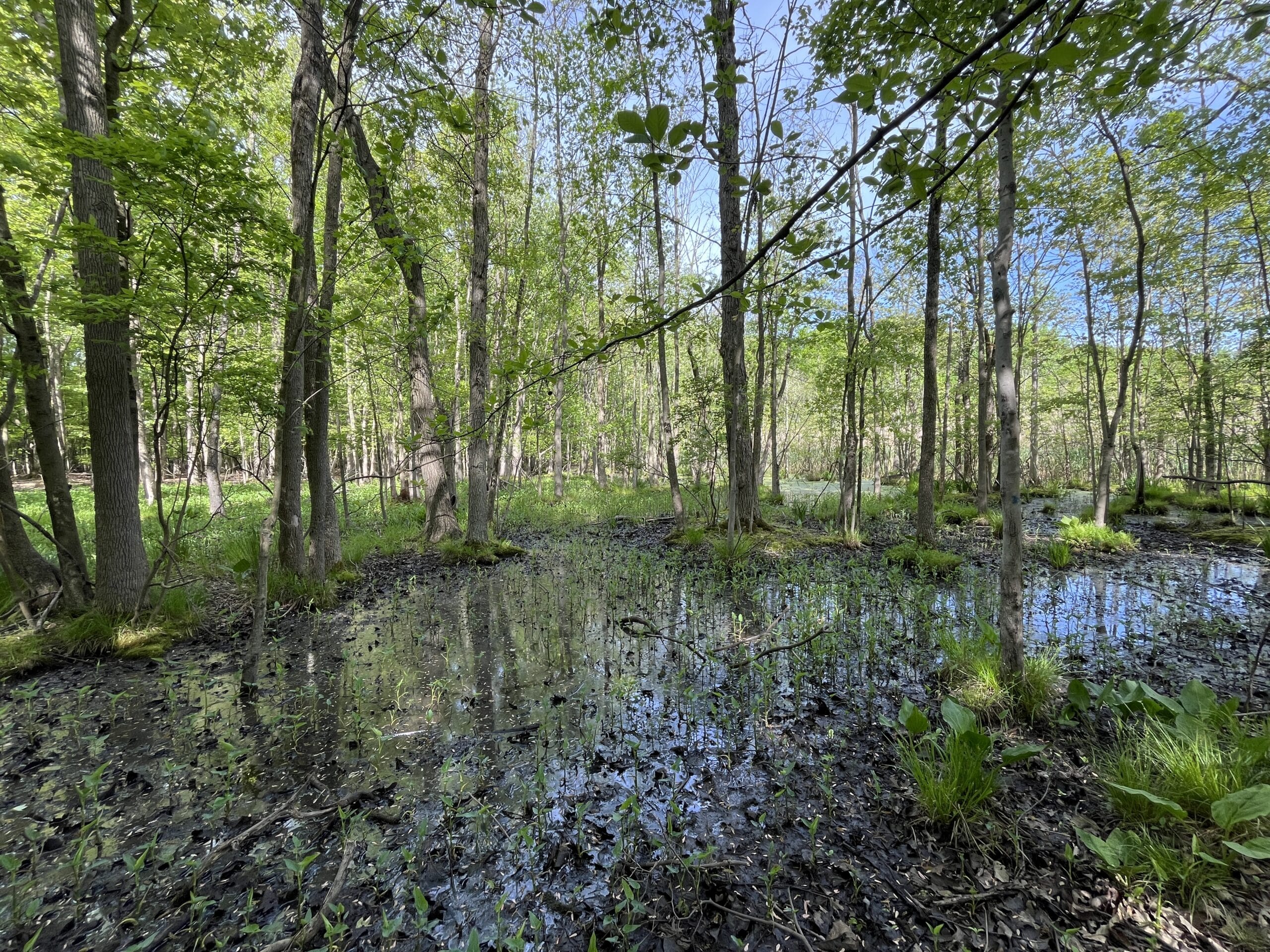
By Natural Areas Conservancy on August 27, 2025

In New York City, there are over 5,000 acres of wetlands. What makes the city unique is you can find various types of wetlands within the five boroughs, all within a train or bus ride away. Read on below to learn more about what kinds of wetlands you can visit in the city and specific recommendations on where to go. For a more behind the scenes look into these wetlands, watch our Wetland Wise YouTube video series with Senior Ecologist Helen Forgione.
Recommendations: NYS DEC Lemon Creek Tidal Wetland Area, Staten Island
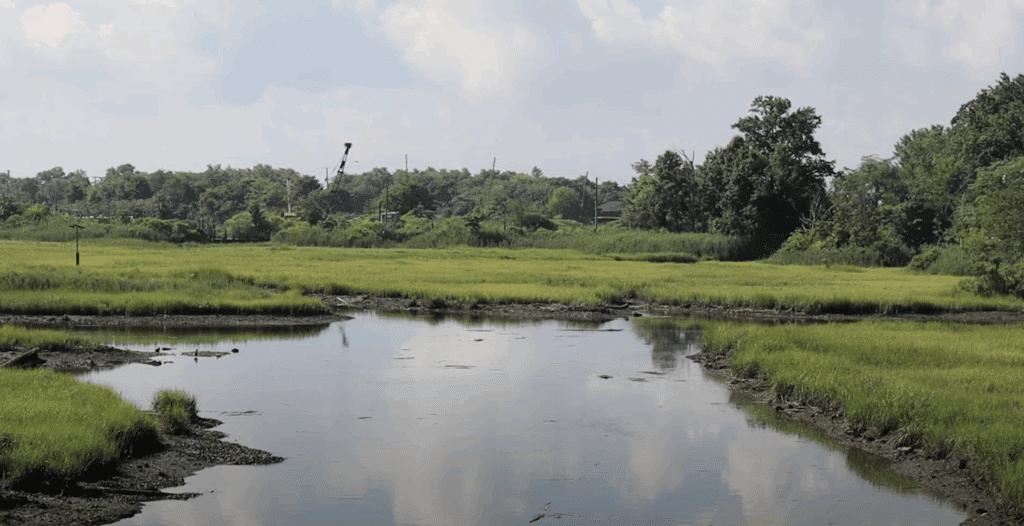
Salt marshes are tidal wetlands formed where freshwater rivers and creeks meet the sea. These estuarine zones are influenced daily by the tides, which in turn affects the type of vegetation that grows in the area. For example, salt water cordgrass (Spartina alterniflora) thrives in this brackish environment where salt and fresh water mix being flooded twice a day by the tides. Salt marshes are also home to fiddler crabs who burrow in the muddy and peaty conditions at the feet of the cordgrass.
Recommendations: Wolfe’s Pond Park, Staten Island
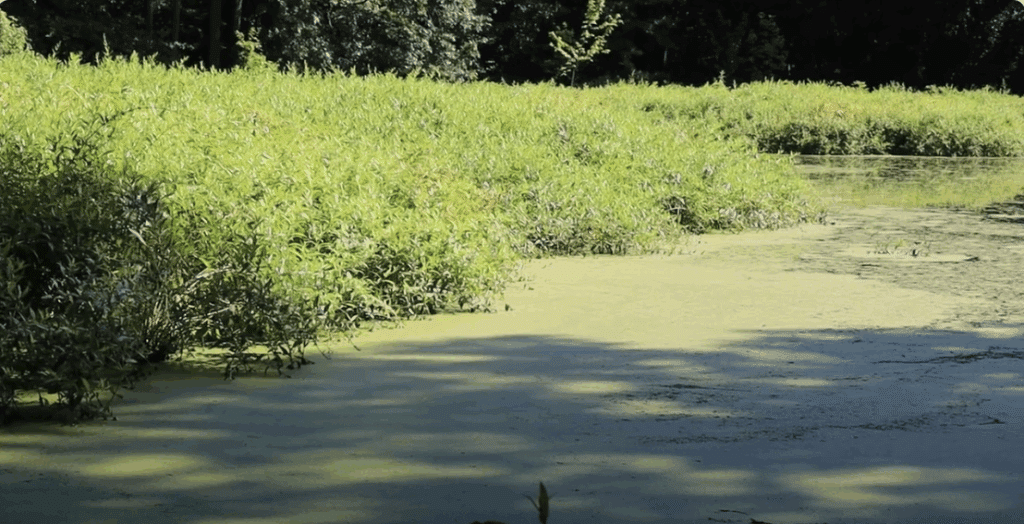
A type of palustrine wetlands, scrub-shrub wetlands are the least common freshwater wetland type in New York City. They’re dominated by woody vegetation that is most often multi-stemmed shrubs and that doesn’t typically get higher than 20 feet. You may also come across scrub-shrub wetlands with duckweed (Lemna species) floating on the surface of the nearby standing water creating a light green blanket.
Recommendation: Van Cortandt Park, Bronx
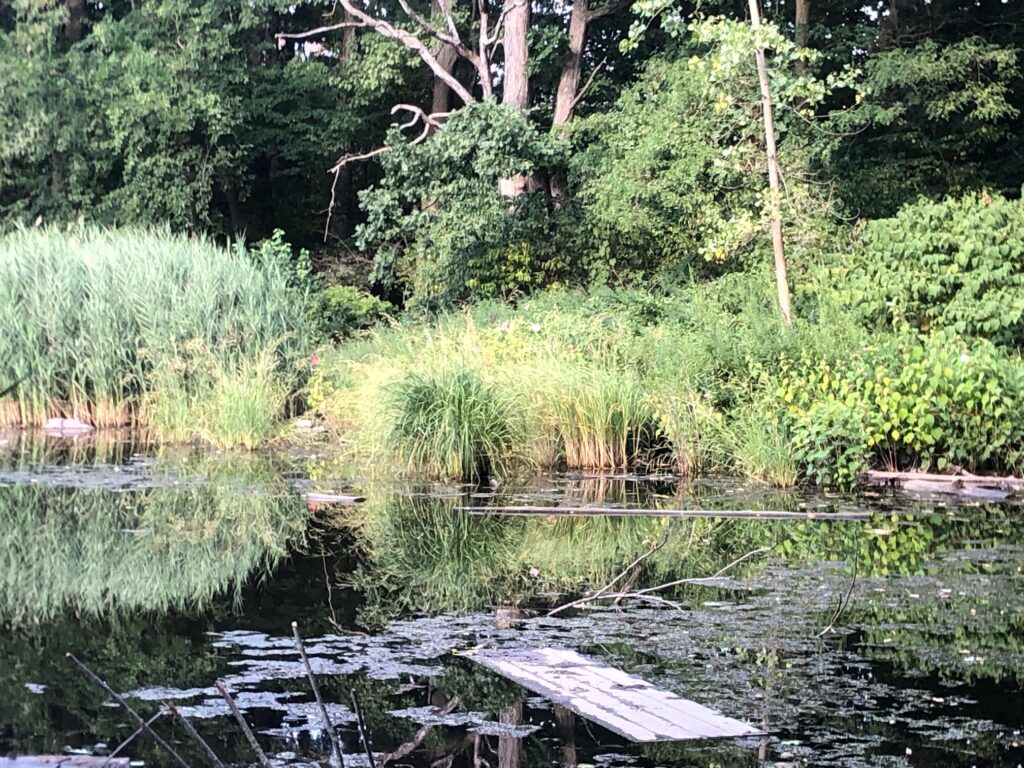
Emergent wetlands are often called marshes and are dominated by non-woody herbaceous vegetation. Freshwater emergent wetlands are often found around the wet edges of ponds and lakes or in shallow standing water. Emergent wetlands are great places to see unique wetland grasses, sedges and rushes – these plants all have similar growth habits and are collectively called graminoids. Other emergent wetlands are dominated by broadleaved plants like lizard’s tail (Saururus cernuus) seen in a beautiful patch off the Cass Gallagher Trail.
Recommendations: Cunningham Park, Queens
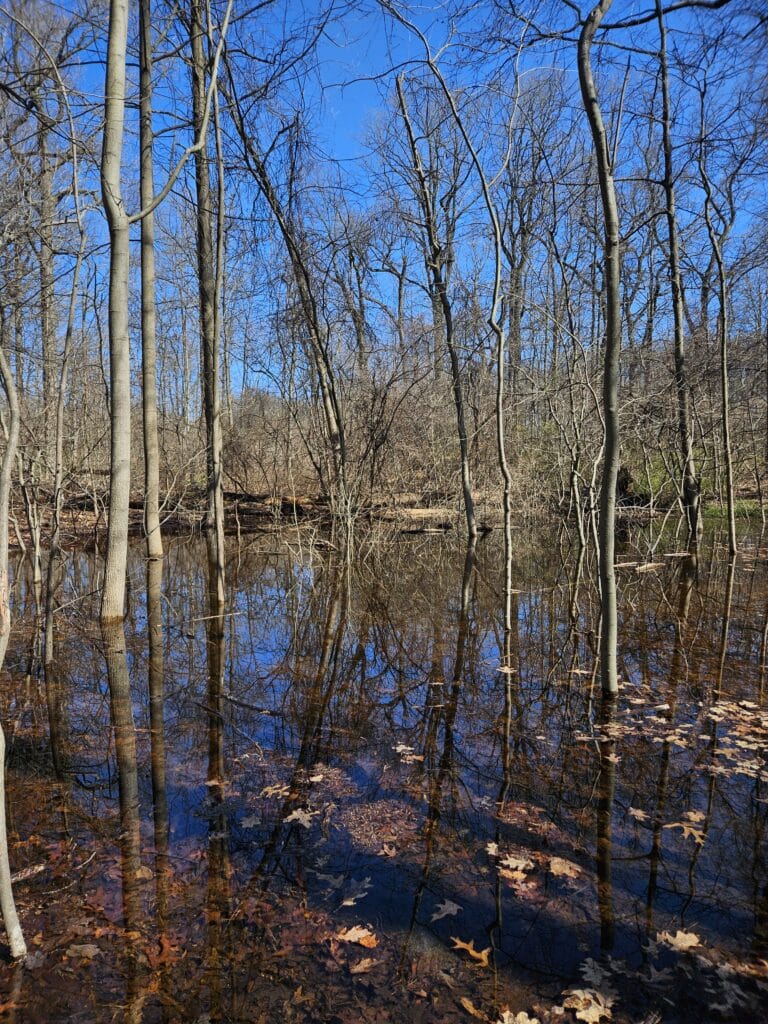
Vernal pools are seasonal wetlands that hold water only at certain times of the year, usually in the spring. They provide habitat for amphibians such as frogs, toads, and salamanders, who mate and safely lay their eggs in this type of wetland where fish cannot survive. You can identify a vernal pool in the off season by noticing a slight depression with water-stained, muddy looking leaf litter with only sparse herbaceous vegetation. Sometimes the tree bases in vernal pools look wider and almost winged – this is called buttressing.
Read the Wetlands Management Framework for New York City to learn more about the NAC’s recommendations on how to preserve and protect these spaces.